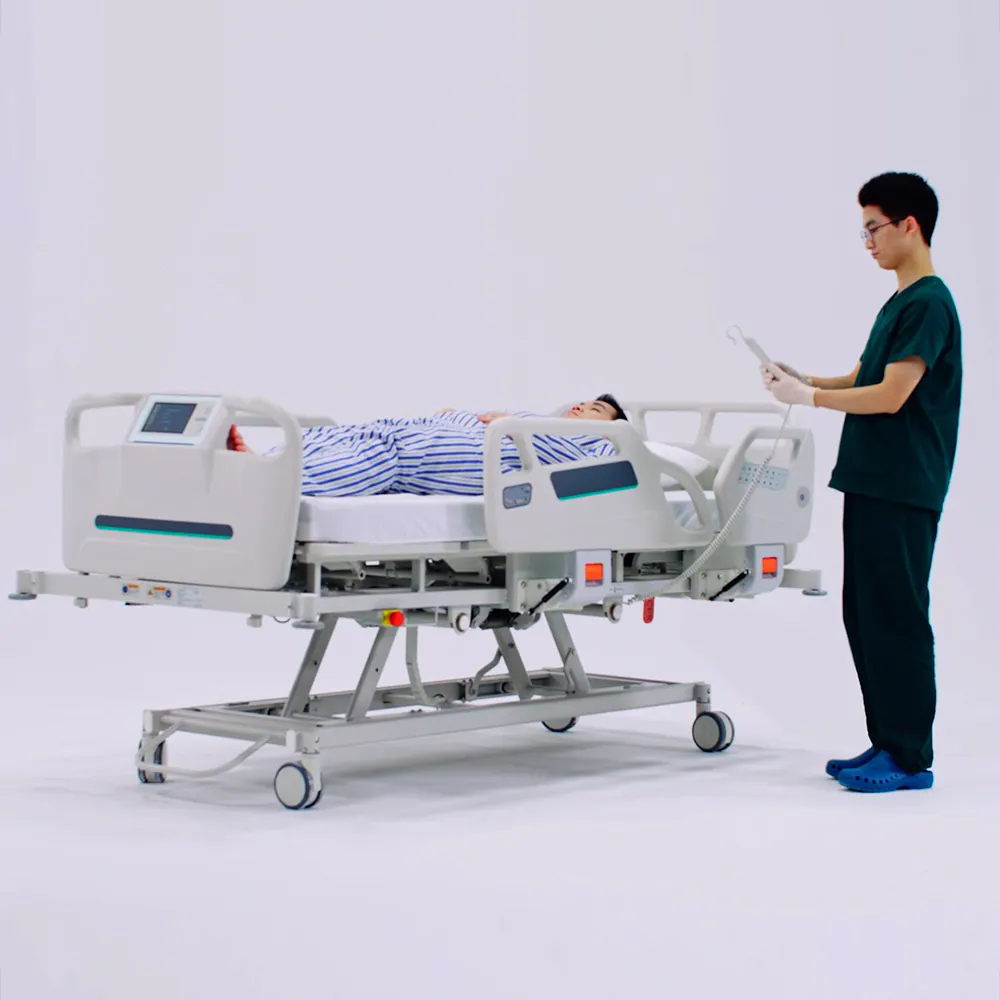Introduction
Picture this: you're in a hospital, perhaps as a patient or a visitor. What do you notice about the stretchers? For many, the design of these essential pieces of equipment goes largely unnoticed. Yet, the way a hospital stretcher is designed can significantly impact a patient's comfort during their stay. Let's delve into how stretcher design affects patient comfort and overall experience.
Ergonomics and Patient Support
The Importance of Proper Support: Ergonomics the science of designing Products to fit around human beings and their movements. In the case of hospital stretchers, this design must accommodate patients with full support.
Adjustable backrests and cushioning are about more than mere luxury they provide the correct support to avoid bed sores and muscle fatigue.
Enchanced Comfort: Where convenience makes business sense. Consider the features that make a stretcher truly ergonomic. Are the armrests at a comfortable height? Can the head piece of your stretcher be turned easily to a truly perpendicular position for carrying patients about, and then set back flush again in moments with no fuss or strain? You might not immediately notice these details, small though they are; however they contribute to every patient's comfort on board.
Material Choices for Comfort
Breathable and HypoallergenicFabrics: The materials used in stretcher design significantly affect patient comfort. Breathable, hypoallergenic fabrics can make a difference to a bedridden patient, particularly if they have sensitive skin or allergies. They help to reduce odour, keep you warm and vary less with temperature changes (than other types of material).They lessen the risk of skin irritation.
Antimicrobial Properties: In a hospital environment where it is easy for infections to spread, antimicrobial fabrics are what really make the difference. These substances not only ensure patient comfort but also help make everywhere cleaner and thus safer to work in for everybody concerned.
Safety and Security in Design
Side Rails: A Sense of SecurityOur hospital positioner's safety rails look plain. But to patrons on the bed, they offer a sense of security against fall accidents.Bed railings prevent people falling accidentally and give a reassuring grip to anyone who feels wobbly, if they should fall.
A solid, secure form: A stretcher which looks and feels solid can greatly alleviate a patient's anxiety. Even over the roughest terrain, anti-tip design means that the stretcher remains steady during transport, providing a boon to both patients and staff.
Adjustability for Patient Positioning
Range of Adjustability: The more you can change a stretcher's position, the better it is for patients. From lifting the head to see more clearly, or setting a footrest for comfort -- they can be important ways of improving your patient's experience.
Proper position for comfort: Properly positioning immobilized patients in need of transportation or prolonged rest. This stabilizes the spine between body movements, allowing proper blood circulation to prevent muscle strain; all while keeping patients comfortable.
Conclusion
The design of hospital stretchers may not be the first thing that comes to mind when considering patient care but believe it or not, they have great importance. Everything from the ergonomics, to material choices and safety features can significantly impact a patient's comfort and well-being by way of stretcher design. As hospitals aim to improve patient experience the idea of making a stretcher as comfortable and supportive as possible will increasingly factor into design. After all, the more comfortable your patient is during and after surgery; the better you can expect them to heal.

